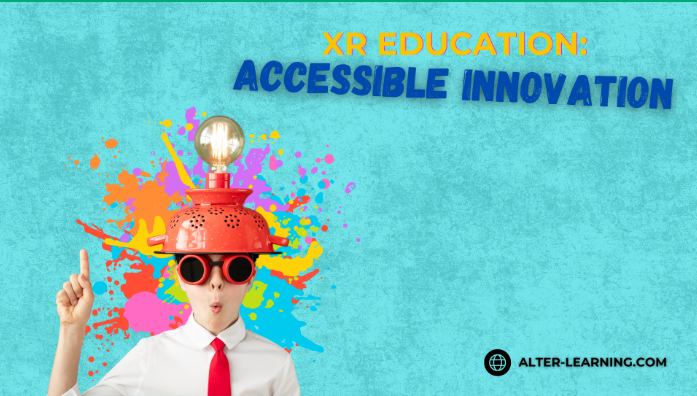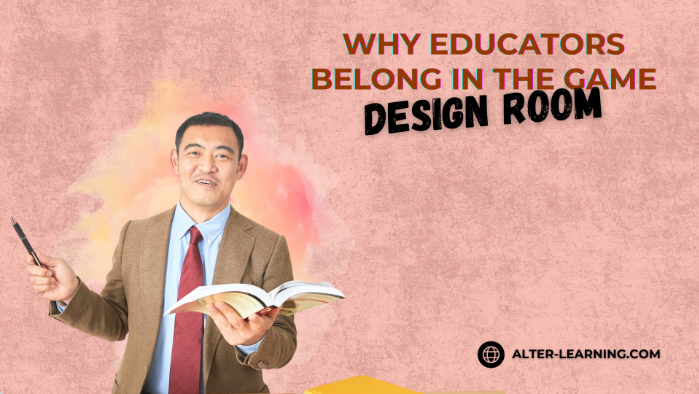As learning increasingly extends beyond the classroom, schools and educators face a new challenge: how to give students and families consistent access to resources, tools, and support—anytime, anywhere. The answer for many has been to develop a digital resource hub: a central, easy-to-navigate platform that organizes everything students and caregivers need to stay informed, engaged, and empowered.
A well-designed hub can streamline communication, reduce confusion, and turn passive households into active learning partners. But to be effective, it must be inclusive, intentional, and built with the real needs of students and families in mind.
Why a Digital Resource Hub Can Make a Difference
Between assignments, schedules, login portals, and supplemental activities, students and caregivers are often overwhelmed by the sheer volume of digital materials. A central hub can simplify this experience, offering a single destination for key tools and updates.
When thoughtfully curated, a resource hub can:
- Provide 24/7 access to learning materials, announcements, and enrichment tools,
- Encourage family involvement by clearly showing how to support academic and emotional development,
- Support diverse learners with accessible formats and multiple modes of delivery (video, audio, interactive),
- Reduce dependency on physical handouts or in-person meetings,
- Foster self-directed learning, especially in remote or hybrid models.
Rather than being another digital burden, a resource hub can serve as a bridge—linking students, families, and educators in a more transparent, responsive learning community.
What to Include in a School or Classroom Resource Hub
Every hub will look different depending on your audience and goals, but a strong foundation often includes:
- Weekly announcements or calendars, including homework reminders, test dates, and events,
- Access to digital platforms, such as educational games, reading tools, or SEL programs,
- Login instructions for students and parents (especially for younger users),
- Guides or tutorials for tech platforms, particularly immersive tools like Alter-Learning,
- Links to enrichment activities, including STEAM educational games or 360-degree educational videos,
- Mental health and wellness resources, such as mood check-ins, mindfulness apps, or information about school counselors,
- Contact details for teachers, administrators, or tech support,
- Language and accessibility options, ensuring multilingual and diverse-needs access.
When these elements are organized clearly and updated regularly, the hub can become a trusted anchor for students and families navigating a fast-changing educational landscape.
How Alter-Learning Can Fit Into Your Resource Hub
Alter-Learning’s game-based, immersive platforms offer students and families a playful and meaningful way to reinforce learning at home. While not every game will be appropriate for every grade level, including a curated selection in your resource hub can offer:
- STEAM-related activities that align with class content, like interactive physics simulations or 3D geometry puzzles,
- Creative arts education software, including music composition environments and design-based challenges,
- Wellness and emotional growth tools, like the Wellness Center, that offer interactive SEL activities students can explore independently or with caregivers,
- Collaborative multiplayer experiences, which can even serve as guided family bonding exercises,
- Accessible entry points, with many games designed for desktop, tablet, or VR access—allowing flexible use at home.
These features can turn screen time into quality time, helping families feel like co-educators in their child’s journey.
Tips for Making Your Resource Hub Effective
Even the best tools won’t work if families don’t know how to use them. To help your hub succeed:
- Start small, then build—introduce a few key resources at a time, and grow based on feedback,
- Offer short video walk-throughs, especially for games or platforms that are new to your school community,
- Encourage teacher and counselor contributions, such as recommended games, coping tools, or reflection activities,
- Gather feedback regularly, so the hub evolves with the needs of your community.
Remember: the goal isn’t to overwhelm—it’s to simplify, inspire, and connect.
A Home Base for Learning, Growth, and Support
A digital resource hub doesn’t just organize materials. It can be a space of connection—one that reminds students and families they’re part of a larger learning ecosystem.
By including tools like Alter-Learning’s interactive STEAM games, creative simulations, and wellness environments, your hub can offer more than static documents. It can become a launchpad for discovery, conversation, and emotional growth.
In today’s hybrid, fast-moving world, students and families don’t just need information—they need guidance. A well-designed digital hub can offer both.
Follow Alter-Learning for more insights into immersive education, edtech success stories, and the future of learning. Want to explore how VR/AR could transform your school or learning platform? Let’s connect.




